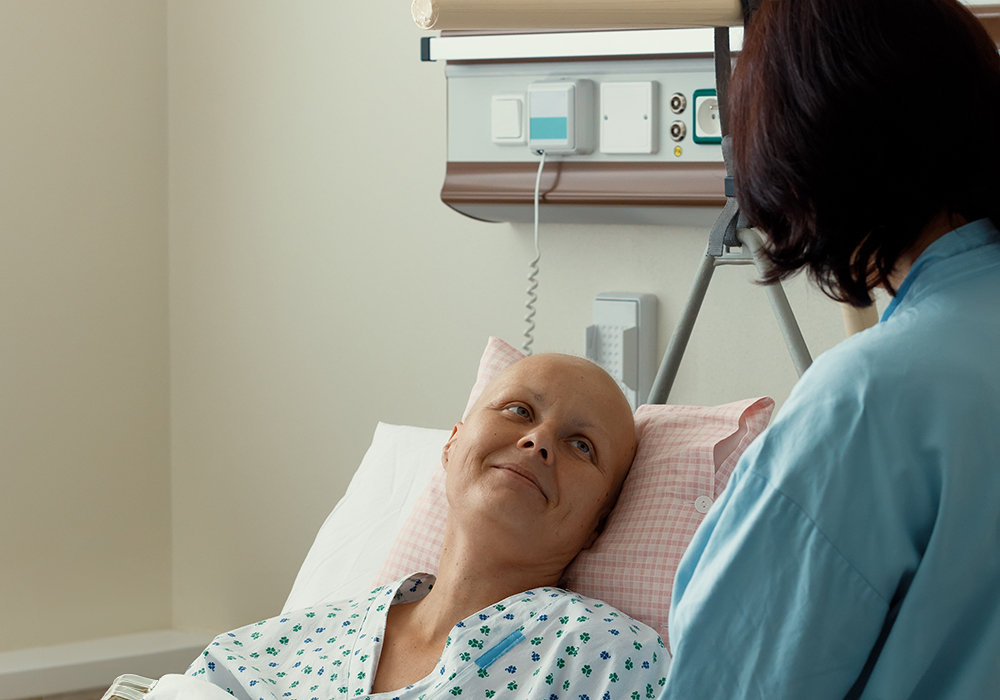An estimated 266,120 new cases of invasive breast cancer and 40,920 related deaths will occur in the United States in 2018. Patients with distant disease have a poorer five-year relative survival rate (26.9%) compared with localized (98.9%) and regional (85.2%) disease. HER2+ breast cancer accounts for approximately 20%–25% of all breast cancer diagnoses, and this type of breast cancer is more common in younger women, decreasing in frequency with age across all stages.
Healthcare workers, especially nurses, are less likely to report incidents of workplace violence, including verbal abuse from patients, families, and coworkers, according to a sentinel event alert the Joint Commission released in April.
A combination of immunotherapies may increase the formation of memory T cells and lead to a more lasting response, according to findings from a study presented at the American Association for Cancer Research’s 2018 annual meeting.
Mrs. Jones is a 66-year-old postmenopausal woman who developed left breast pain and a palpable mass. A mammogram and ultrasound showed a 4.6 cm mass with an enlarged axillary node. A core biopsy revealed invasive ductal carcinoma that is estrogen receptor positive, progesterone receptor positive, and HER2 negative. Positron-emission tomography and computed tomography scans revealed metastatic disease.
More than 13,000 children are diagnosed with cancer every year in the United States. Because treatment options continue to improve, more than 80% of those children will survive at least five years after their diagnosis.
I still remember what it felt like to sign my name in the chart for the first time after passing the OCN®—and later the AOCN®—examination: excitement, accomplishment, relief, and pride. I knew that the credential didn’t automatically make me a smarter or better clinician, but it did validate the knowledge and skills that I had been working so hard to achieve over my years of practice as an oncology nurse.
Advancements in oncology, such as new diagnostic tools and novel therapies, have improved overall survival rates but have come at a high cost. In 2011, targeted therapies accounted for 63% of all chemotherapy expenditures. A novel cancer drug routinely costs each patient more than $100,000 per year; annual spending on cancer drugs is globally estimated around $100 billion U.S. dollars and is predicted to rise to $150 billion by 2020.
Which of the Following Patient Types Is Not Indicated for Lung Cancer Screening With Low-dose Helical Computed Tomography?
A. Is a current or former smoker
B. Is 55–74 years old
C. Has a 10–20 pack-year history
D. Has a 30 pack-year history but no signs or symptoms of lung cancer





